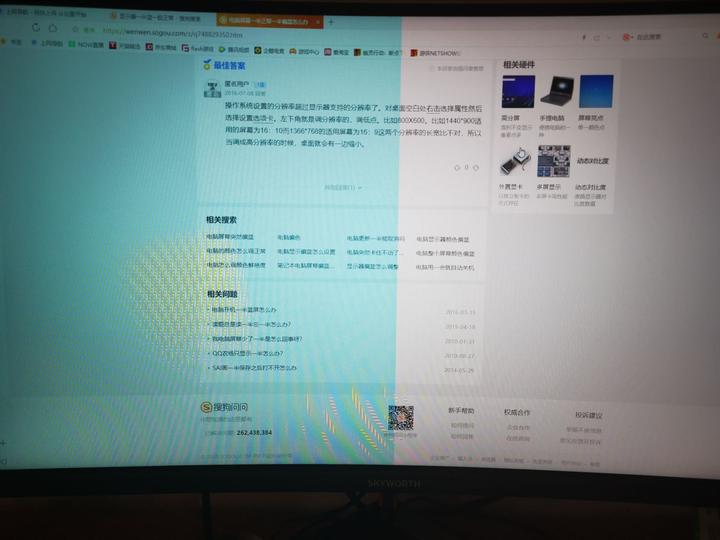HOB (hot melt on board) and GOB (glue on board) are two commonly used LED packaging technologies, which have important application value in the field of LED packaging manufacturing.
For many customers, they only know how to choose high-end brand LED displays and ignore the choice of LED packaging technology. At present, the most common ones are DIP and SMD.
Today LEGIDATECH will compare the characteristics of HOB and GOB, which are relatively similar.
Production process comparison
HOB is a high-temperature process, automatic line control integrated mold closing and automatic image detection.
The 40-meter-long high-temperature automatic line maintains high temperature for 1.5 hours. The curing rate after coming out of the oven can reach more than 90%, and the consistency is reliable.
(Daily oven temperature test/oven temperature curve, same management method as SMT reflow oven) can effectively shorten production time and improve production delivery efficiency
GOB is a normal temperature process, manual/semi-automatic line molding, and has low reliability.
GOB is naturally cured and surface-drying for 24 hours, and is affected by environmental factors; consistency cannot be guaranteed.
According to laboratory source data, it takes 6 months to 18 months for GOB to fully cure. The production cycle is long and affects delivery.
Comparison of appearance effects
HOB is a high-temperature automatic line process that can be filled with glue in 360 degrees to strengthen the protection of the LED module lamp surface and restore the original grainy feel of the lamp beads; the LED module splicing is not modular, and the ink color consistency is good.
After HOB packaging, the original While the point light source realizes the area light source, there will be no dark bright lines and channeling light when splicing single modules.
If the SMT patch in the previous process has abnormal Yin and Yang sides, HOB packaging can greatly improve the Yin and Yang sides and improve the overall aesthetics of the screen lighting.

But GOB is a normal temperature process. After manual/semi-automatic line potting and encapsulation, the LED module light surface is flat and mirrored. LED module splicing is modular.
After the GOB is packaged, the point light source can be used as an area light source. There will be dark and bright lines and channeling light when splicing a single module.
Comparison of technical parameters
HOB (Hot melt on the board)) and GOB (GOB (glass on board)) are two common colloidal materials. They have obvious differences in temperature resistance, thickness, edge cutting accuracy, flatness, light loss and hardness .
First of all, HOB led display has better high and low temperature resistance and can work stably in the temperature range of -20° to +80°, making it more reliable and stable than GOB.
Whether in cold winter or hot summer, HOB can be used normally and is not easily affected by the ambient temperature.
Secondly, the colloid thickness of HOB is between 0.035-0.05mm, which is more uniform and stable than GOB.
This thickness not only ensures product quality and performance, but also enhances the look and feel of the product.
HOB le ddisplay has excellent performance in trimming accuracy, with an accuracy of ≤0.02mm. This accuracy can effectively reduce waste and improve production efficiency.
The flatness of HOB’s light panel is between 0.2mm and 2mm, which is flatter than GOB.
This flatness can not only enhance the visual effect of the product, but also ensure the stability and reliability of the product during installation and use.
In addition, the brightness loss of HOB led display is only within 10%, which is more durable and durable than GOB.
This means HOB led display can maintain a clear and bright effect longer and is less susceptible to damage from light.
Finally, the colloidal hardness of HOB has reached over 40D, which means that HOB is more sturdy and durable, not easy to deform or wear, and can maintain good condition for a longer period of time.
Product performance comparison
HOB led display have stable quality and high curing rate. After high-temperature automatic line processing, the product has high stability and reliability and meets high standards.
GOB products have long curing time, poor stability, are greatly affected by the environment, and are susceptible to moisture, oxidation, etc., which poses greater quality risks.
Impact, relatively short service life, low consistency of products produced by manual/semi-automatic lines
HOB led display have the advantages of high temperature resistance, moisture oxidation resistance, etc., and are more suitable for areas with higher product quality requirements, such as government projects, bidding projects, etc.
GOB led display have a longer curing time and are suitable for scenarios with less stringent requirements.
HOB led display production costs are higher, but product quality is more stable and reliable, and HOB led display have low long-term use costs and low maintenance costs.
Conclusion
We believe that with the continuous development of technology and the increasing market demand for high-quality displays, HOB display packaging technology will gradually be recognized and accepted by more people.
LEGIDATECH continues to improve and improve HOB technology, reduce manufacturing costs, improve product performance, and is committed to promoting the popularization of HOB technology in the market, providing customers with higher quality and stable display products, and creating greater value for customers.
Choosing high-quality technology is always the right decision. Only by constantly pursuing progress and innovation can we win the trust of customers and win the market.
Author: Lisa Yang




